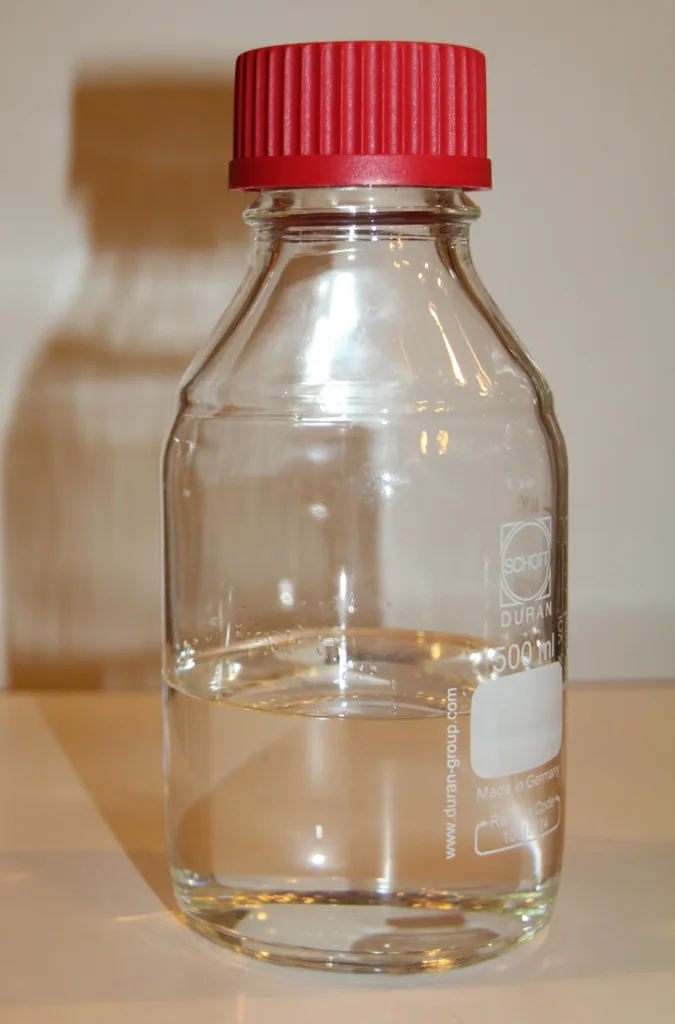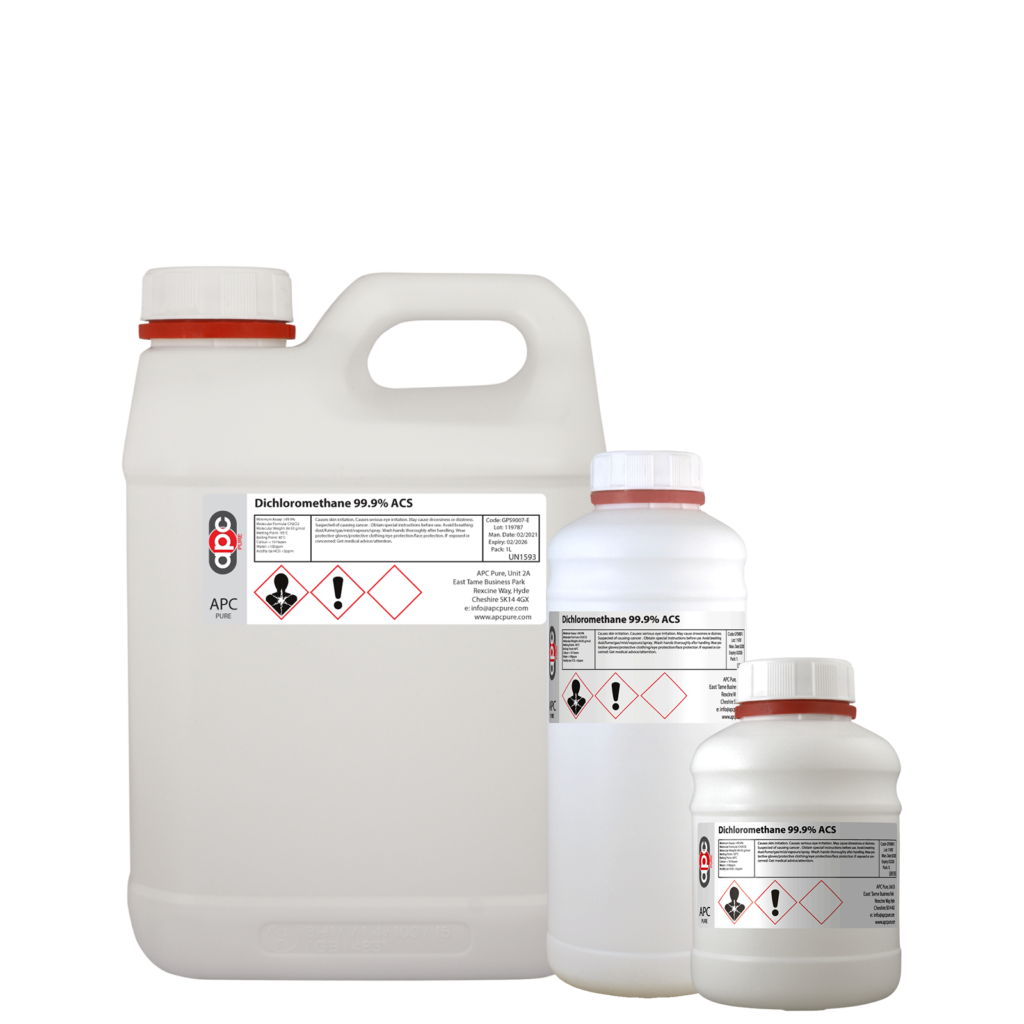Dichloromethane (DCM), also known as methylene chloride, is a common organic solvent that is widely used in various industrial applications. The question of whether DCM is polar or nonpolar has been a subject of debate amng scientists and researchers for many years. In this article, we will explore the polar nature of DCM and how it affects its properties and applications.
Firstly, let us define the term “polarity.” In chemistry, polarity refers to the distribution of electrons in a molecule, which determines the molecule’s overall electrical charge. A molecule is said to be polar if it has a positive and negative end, or poles, due to an uneven distribution of electrons. Conversely, a nonpolar molecule has an even distribution of electrons and no poles.
To determine the polarity of DCM, we need to look at its molecular geometry and the electronegativity of its constituent atoms. DCM has a tetrahedral molecular geometry, with two chlorine atoms and two hydrogen atoms bonded to a central carbon atom. The chlorine atoms are more electronegative than the hydrogen atoms, which means they attract electrons more strongly. As a result, the electrons in the DCM molecule are pulled towards the chlorine atoms, creating a partial negative charge on those atoms and a partial positive charge on the hydrogen atoms.
This uneven distribution of electrons in DCM results in a net dipole moment, which means that the molecule has a positive and negative end. Therefore, DCM is a polar molecule, although its polarity is weaker than that of water or other highly polar solvents.
The polar nature of DCM has important implications for its properties and applications. For example, DCM is a good solvent for polar and nonpolar compounds, which makes it useful in a wide range of chemical reactions and processes. However, its low boiling point and high volatility can make it hazardous to handle, and it can also pose environmental risks if not properly disposed of.
DCM is a polar molecule due to its tetrahedral molecular geometry and the electronegativity of its constituent atoms. Its polarity has important implications for its properties and applications in various industries. However, caution should be exercised when handling and disposing of DCM due to its potential hazards and environmental risks.
Polarity of Dichloromethane
Dichloromethane is a molecule that consists of two hydrogen atoms, one carbon atom, and two chlorine atoms. The electronegativity of an atom refers to its ability to attract electrons towards itself. In dichloromethane, the chlorine atoms are more electronegative than the hydrogen and carbon atoms. As a result, the chlorine atoms attract the shared electrons in the covalent bond towards themselves, creating a partial negative charge on the side of the molecule where the chlorine atoms are located.
However, dichloromethane is not considered a highly polar molecule because the difference in electronegativity between carbon and chlorine is not significant enough to create a strong dipole moment. Dipole moment refers to the separation of charges withn a molecule, and it is a measure of its polarity. The dipole moment of dichloromethane is only 1.60 D (Debye), which is relatively low compared to highly polar molecules such as water (1.85 D) or ammonia (1.47 D).
Dichloromethane is not very polar because although the chlorine atoms attract the shared electrons towards themselves, the electronegativity difference between carbon and chlorine is not substantial enough to create a strong dipole moment.

Polarity of Dichloromethane
Dichloromethane, also known as methylene chloride (CH2Cl2), is a colorless liquid that is widely used as a solvent in various industries. Its polarity is determined by the difference in electronegativity between the carbon and chlorine atoms present in the molecule. The polarity index of dichloromethane is 3.1, indicating that it is a moderately polar solvent.
The polarity of a solvent is an important factor that influences its ability to dissolve various substances. In general, polar solvents like water are good at dissolving polar molecules, while nonpolar solvents like hexane are better at dissolving nonpolar molecules. However, dichloromethane falls somewhere in between these two extremes, making it a versatile solvent that can dissolve both polar and nonpolar compounds.
The polarity of dichloromethane also affects its physical properties, such as its boiling point (-40°C) and freezing point (-95.1°C). These values indicate that dichloromethane is a volatile liquid that evaporates quickly at room temperature but can be easily cooled to a solid state at low temperatures.
The polarity of dichloromethane is 3.1, whch makes it a moderately polar solvent that can dissolve both polar and nonpolar compounds. Its physical properties, such as its boiling and freezing points, are also influenced by its polarity.
Does the Debye-Coulomb-Mueller Model Have a Dipole?
Dichloromethane, also known as methylene chloride, is a polar molecule. This is due to the difference in electronegativity between the carbon and chlorine atoms in the molecule. The carbon atom has a partial positive charge, while the chlorine atoms have a partial negative charge. As a result, the molecule has a dipole moment.
A dipole moment is a measure of the separation of positive and negative charges in a molecule. In othr words, it is a measure of how polar a molecule is. The dipole moment of DCM is 1.1 debye, which is less than that of water (1.9 debye) but greater than that of pentane (0 debye), a nonpolar molecule.
The polarity of DCM makes it a useful solvent for a variety of chemical reactions and processes. It is often used in paint strippers, degreasers, and as a solvent in the production of pharmaceuticals and other chemicals.
DCM is a polar molecule with a dipole moment of 1.1 debye, making it a useful solvent in various chemical applications.
Reasons for DCM’s Insolubility in Water
Dichloromethane (DCM), also known as methylene chloride, is a colorless and volatile liquid with a pleasant odor. One of the reasons why DCM is not soluble in water is because it is a non-polar solvent, meaning it has a low polarity. Water, on the other hand, is a polar solvent, meaning it has a high polarity. Polar solvents dissolve polar solutes, while non-polar solvents dissolve non-polar solutes.
Polarity is a measure of a molecule’s electric charge distribution, which determines how it interacts with other molecules. DCM has a symmetrical molecular structure with two chlorine atoms attached to a central carbon atom, giving it an equal distribution of charge. This makes it a non-polar molecule snce it has no positive or negative end.
Water, on the other hand, is a polar molecule with an oxygen atom and two hydrogen atoms. The oxygen atom has a higher electronegativity than the hydrogen atoms, meaning it pulls electrons more strongly towards itself, giving it a partial negative charge. The hydrogen atoms have a partial positive charge. This unequal distribution of charge makes water a polar molecule.
When DCM is mixed with water, the two substances do not dissolve into one another. Instead, they form separate layers, with DCM floating on top of the water layer. The reason for this is that the polar water molecules are attracted to each other and not to the non-polar DCM molecules.
Furthermore, DCM can form weak hydrogen bonds with water molecules, but these bonds are not strong enough to overcome the strong hydrogen bonds between water molecules. The weak hydrogen bonds between DCM and water molecules only lead to partial solubility, which is not strong enough to dissolve DCM completely in water.
DCM is not soluble in water because of its non-polar nature, which prevents it from interacting with the polar water molecules. Additionally, the weak hydrogen bonds it forms with water molecules are not strong enough to dissolve it completely in water.

Conclusion
Dichloromethane (DCM) is a polar molecule due to the electronegativity difference between the carbon and chlorine atoms. This creates a dipole moment that causes a separation of charge within the molecule. While its dipole moment is lower than that of water, it is still considered a polar molecule and has the ability to interact with other polar molecules. However, its polarity is not strong enough to form strong hydrogen bonds with water molecules, which limits its solubility in water. Therefore, it is important to consider the polarity of molecules when predicting their behavior in different solvents.
